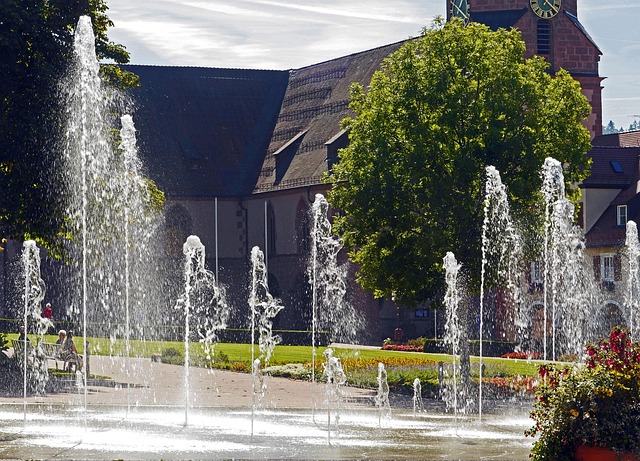Understanding the Heartbeat of Our Cities
Urban spaces are more than concrete jungles—they are vibrant ecosystems pulsing with life. Trees, birds, insects, and small mammals coexist alongside human inhabitants, creating intricate habitats that sustain biodiversity and enhance our quality of life. Yet, rapid urbanization threatens these delicate ecosystems, making urban environmental protection not just a choice but a necessity.
The Importance of Preserving Urban Habitats
When we think of habitat preservation, images often turn to remote wilderness areas. However, urban habitats play a critical role in supporting wildlife and maintaining ecological balance. Green roofs, community gardens, and pocket parks act as sanctuaries amid bustling city life. Preserving these spaces helps reduce pollution, manage stormwater, and combat the urban heat island effect.
Smart Strategies for Sustainable Cities
- Green Infrastructure Integration: Incorporate plants and trees in urban planning—think green walls, rain gardens, and urban forests—to create natural habitats and buffer urban pollutants.
- Wildlife Corridors: Design connectivity between isolated green spaces so animals can safely navigate and thrive, fostering genetic diversity and ecosystem resilience.
- Community Engagement: Empower residents through education and participatory projects that promote stewardship of local habitats, making conservation a shared responsibility.
- Policy and Planning: Advocate for urban policies that prioritize ecological considerations, such as protecting wetlands, restricting harmful developments, and promoting sustainable transportation.
Living in Harmony with Urban Nature
When we protect urban habitats, we are not only safeguarding wildlife but also nurturing our own well-being. Green spaces reduce stress, improve air quality, and encourage active lifestyles. Embracing urban environmental protection means envisioning cities where nature and humanity thrive side-by-side—a vision that is achievable with awareness, care, and commitment.
Every tree planted, every park preserved, and every green rooftop installed is a step toward a healthier urban future. Together, we can transform our cities into havens for both people and wildlife.




